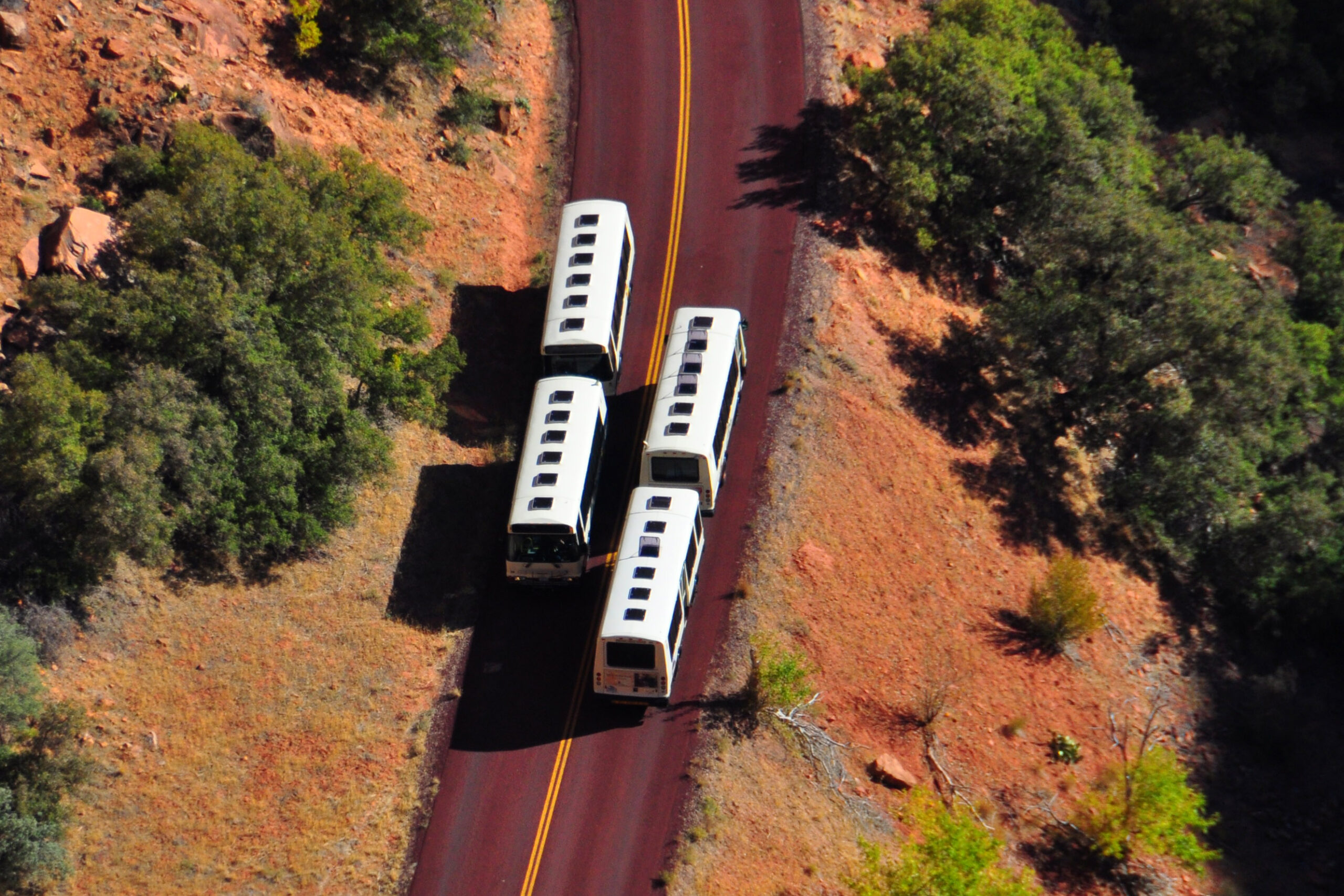After consulting with its customers, Donaldson Australia has introduced a solution that revolutionises air-cleaner maintenance on mine sites.
As Australian mining companies seek to reduce personnel exposure to dusts, they aren’t always receiving the right solutions.
Ironically, some practices introduced to help minimise dust are counterproductive and result in the need for additional primary filter services.
Today’s modern diesel engines can consume up to 20,000 litres of heavily contaminated air for every litre of diesel fuel burned, meaning air intake systems can be overwhelmed by vast volumes of dust, threatening these high-performing diesel engines.
A dual SSG Radial Seal air housing can separate and filter out more than 200kg of test dust prior to reaching the maximum allowable intake restriction common to modern engines.

Image: Donaldson Australia
It’s a reasonable assumption that the filter housings on your heavy mining equipment will have protected your engines from similar weights of dust between every primary filter change out.
While laboratory data is a valuable tool to make theoretical comparisons between competitor products, it does not always reflect real-world challenges.
SSG housings incorporate two-stage filtration to protect engines from vast amounts of dust.
The first stage of inertial pre-cleaning separates a high percentage of the heavy dust, which drops down to the lower dust cups for evacuation through the vacuator valves when the engine returns to idle or shuts down.
The dust evacuation process is highly effective in the laboratory, however, can experience challenges in the real world. Static and moisture can make some dusts stick or cling, preventing them from readily leaving the air housing.
Many sites have experimented with various approaches to address these challenges, but with limited or no success. These methods include installing earth straps, wiring in scavenge fans, installing reverse pulse units, replacing Donaclone tubes with centrifugal pre-cleaners, and even removing the vac valves.
To minimise personnel dust exposure, various pre-cleaner maintenance practices have also been trialled.
Some sites open the quick-release dust cups prior to the vehicle entering the wash pad. Water cannons blast the lower bodies to remove built-up dust, occasionally damaging the pre-cleaning tubes and always saturating the tubes with water.
Other sites will open the dust cups on the apron and utilise a high-pressure hose to wash out the lower bodies, while some remove the filters altogether and flush from the top down.
In a modern world of increased vehicle availability demands and pit stop servicing, pre-cleaning tubes don’t have adequate time to dry before the vehicle returns to service. Water and fine dusts will make mud and set hard like concrete, preventing dust evacuation shortly after the vehicle returns to work.
With reduced pre-cleaning and no ability to evacuate dust, usable element life and service intervals are unacceptably shortened, resulting in additional labour-intensive air intake maintenance events.
Donaldson Australia listened to its customers and initiated trials on a range of alternate dust evacuation systems.
The final concept is simple, replace the OEM (original equipment manufacturer) dust cups with a fixed cup that doesn’t include the quick release lower cup, additional gasket and three-inch vacuator valve fitting.

Image: Donaldson Australia
The trickle valve assembly features a tapered cup with an integrated six-inch trickle valve port, eliminating the need for an additional gasket.
Donaldson’s six-inch injection moulded EPDM (ethylene propylene diene monomer) trickle valve underwent rigorous testing in the company’s Minnesota air laboratories and was extensively trialled at several Australian mine sites. The successful field trials confirmed the laboratory findings.
Donaldson’s trickle valve eliminates unnecessary mine-vehicle maintenance and can remain in position and function effectively without labour input for more than 6000 hours. This innovation transforms what was once routine maintenance to an annual task.
The soft, pliable trickle valve prevents water ingress during vehicle wash-downs, preventing dust cup caking and preserving the integrity of essential pre-cleaner tubes.
Combined with best practice maintenance procedures, the trickle valve prolongs element life, reduces high restriction events, minimises dust caking, eliminates service steps, and reduces workshop personnel’s exposure to nuisance dusts.
Leave your dust where it belongs, on the haul road and not in the workshop.
This feature appeared in the March 2025 issue of Australian Mining.




